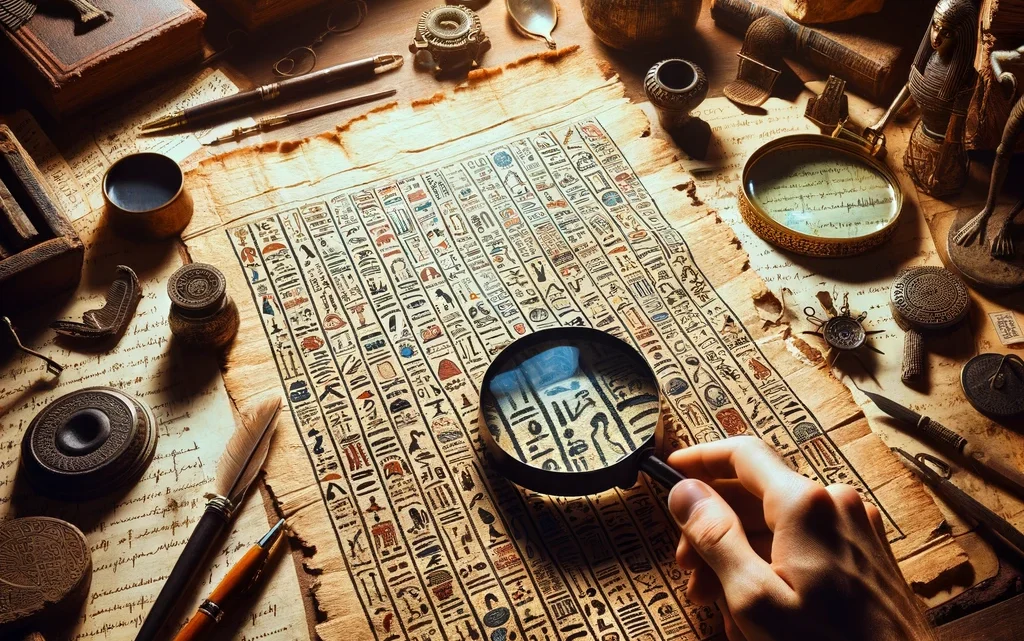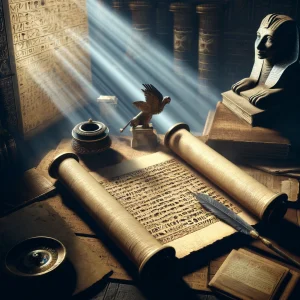The Book of Abraham: A Text Shrouded in Controversy


The Book of Abraham stands as one of the most intriguing and debated pieces of scripture within the Latter-day Saint movement. Purported to have been translated by Joseph Smith from ancient Egyptian papyri acquired in the 1830s, its origins, content, and authenticity have been subjects of considerable discussion and critique.
Historical Context and Origins
Smith claimed the papyri, discovered by Antonio Lebolo and later purchased by the LDS Church from a traveling mummy exhibition, contained the writings of Abraham, including his life in Egypt and visions of the cosmos (Smith, 1842). This text, forming part of the Pearl of Great Price, introduces several unique doctrines to Mormonism, such as the pre-mortal existence and the plurality of gods, and has been regarded as divinely inspired scripture since 1880 (Ritner, 2013).
However, the narrative took a turn when fragments of the papyri, presumed lost, were rediscovered in 1966. Egyptologists, including those of LDS faith, identified these as common Egyptian funerary texts, notably the “Breathing Permit of Hôr,” significantly predating Abraham and devoid of any reference to him (Ritner, 2013).
Critical Examination and LDS Apologetics
Critics argue the translation and facsimiles’ discrepancies indicate the Book of Abraham’s creation by Smith rather than a divinely guided translation of ancient texts. The LDS community has responded with theories to reconcile these findings with their faith, including the “missing scroll theory” and the “catalyst theory,” suggesting the papyri served as inspiration rather than source material for the Book of Abraham (Gee, 2000; Givens & Hauglid, 2019).
Impact on LDS Doctrine and Controversy
Despite controversies, the Book of Abraham remains integral to LDS doctrine, contributing significantly to Mormon cosmology and theology. However, its disputed origins prompt ongoing discussions about faith, scripture, and historical evidence within and beyond the LDS Church.
Conclusion
The Book of Abraham encapsulates the complex interplay between religious faith and historical scholarship. As debates continue, it serves as a testament to the enduring quest for understanding spiritual texts in the light of historical and scientific inquiry.
References:
- Smith, J. (1842). “Truth Will Prevail.” Times and Seasons, 3(9), 704.
- Ritner, R. K. (2013). The Joseph Smith Egyptian Papyri: A Complete Edition. Signature Books.
- Gee, J. (2000). A Guide to the Joseph Smith Papyri. Foundation for Ancient Research and Mormon Studies.
- Givens, T., & Hauglid, B. M. (2019). The Pearl of Greatest Price: Mormonism’s Most Controversial Scripture. Oxford University Press.










